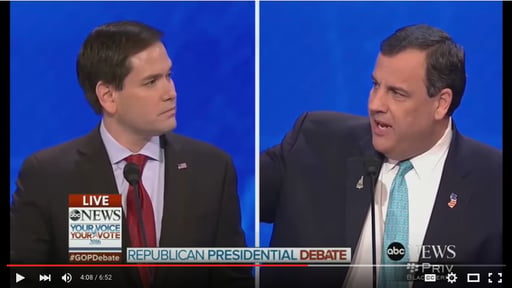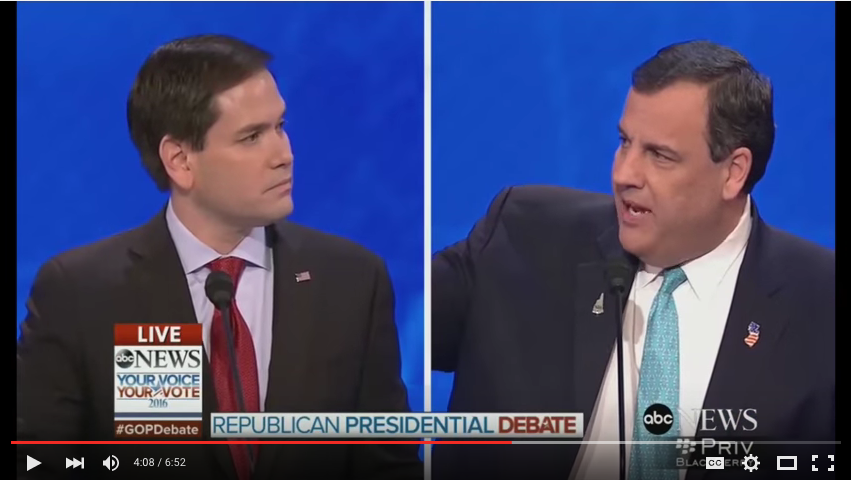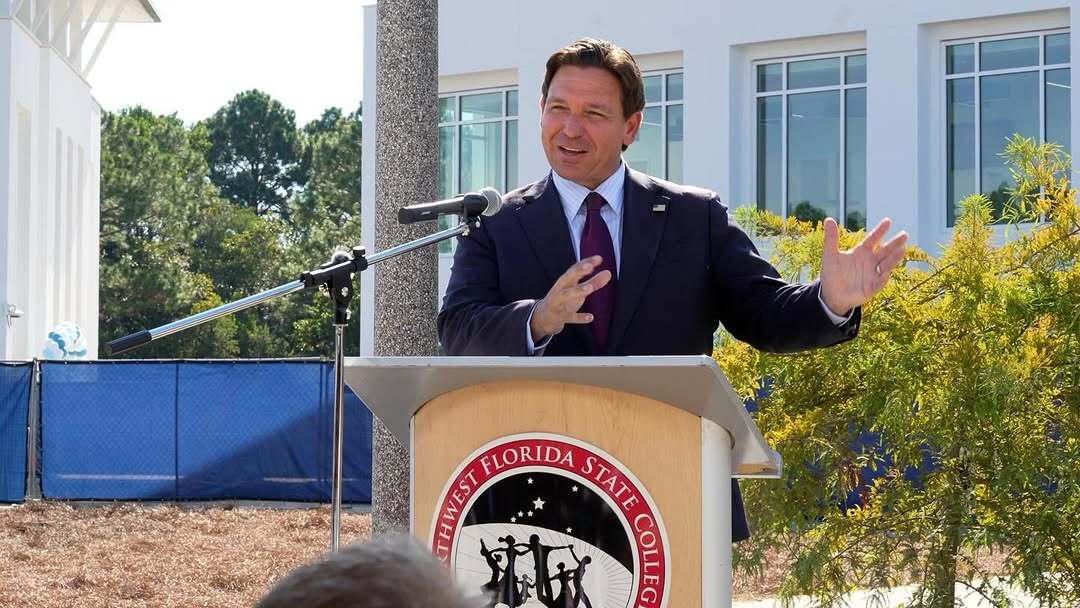Messaging for a candidate is one of the most important parts of a campaign. How a candidate’s campaign website is worded, the responses in the media, and the remarks at events all help shape the narrative of a campaign.
If done correctly, it highlights the strengths of the candidate and raises problems for the opposition. At worst, messaging can get the candidate into hot water or even put the campaign in jeopardy.
Effective Messaging Examples
There is no one way to communicate correctly during a political campaign. Often times, it is a combination of the candidate, the opposition, and how well voters respond to positive or negative messages. Below are some brief examples of different messaging styles and techniques.
- Negative Messaging. “Swiftboating” was made famous by the Swift Boat Veteran for Truth group that questioned Democratic presidential candidate John Kerry’s military record in the 2004 presidential election. The swift boat strategy is seen as a negative and dishonest form of political messaging, as it turned out some of the accusations made against Kerry were suspect.
- Branding a Campaign. Regardless of where you stand on President Obama, the messaging for his 2008 presidential campaign was second to none. “Hope and Change” is one of the more memorable campaign slogans in recent memory and worked wonders for convincing voters that President Obama was presidential material. It showed how successfully a candidate and campaign could brand themselves.
- Painting Another Candidate as an “Insider.” During the 2016 New Hampshire Debate, New Jersey Governor Chris Christie framed Florida Senator Marco Rubio as an inexperienced, answer-memorizing politician. Christie quickly took an opportunity to paint another candidate as a scripted, political insider and it worked wonders. You can see the entire exchange here at the 4:00 mark. Many in the media credit Christie with unsettling Rubio, leading to his poor finish in the New Hampshire primary.

- Any Publicity Is Good Publicity. The presidential election has seen nothing like Donald Trump, and may not see anything like him for some time. His messaging strategy is really quite bizarre. At one event in August 2015, he had a woman come up on-stage and touch his hair. At an event in Iowa, he said “he could stand on New York’s Fifth Avenue ‘and shoot somebody’ and still not lose voters.” During the 2016 South Carolina debate, Trump called out former President George Bush because September 11th happened during his presidency. During a February 2016 press conference, Trump expanded on his remarks saying, “Saddam Hussein was a bad guy. But one thing about him, he killed terrorists…” There’s no denying that Trump might literally say whatever he thinks at any given moment. His comments are often bizarre, rambling, and eccentric, but his messaging strategy definitely follows the idea that any press is good press. What’s more, he hammers home his messaging (through quirky, unrealistic, or even dishonest sound bites) in the media and during debates.
Concepts to Use for Your Campaign
Every campaign and candidate are vastly different from one another. A messaging style that works for one candidate may sound forced coming from another. While every campaign is different, below are some general guidelines for basic conservative messaging.
- Anti-Establishment. The anti-establishment messaging is very popular right now. Tea party candidates are especially good at using their “outsider” status to attract voters. To use anti-establishment messaging, a candidate almost has to be an outsider from another profession. This type of messaging shows that a candidate is more inclusive to voters because he is not a playmaker in the political arena. Also, there is a fine line between being an outsider and being unqualified.
- Small-Business, Jobs First. A popular form of messaging for many conservative candidates focuses on employment and the small business community. This is a great messaging point because small businesses represent a large grassroots political community. Most small business owners tend to be conservative and are involved with the local chamber of commerce. A better small business climate also means better employment rates and a lower unemployment. Most of the time, this means smaller government and fewer regulations, too.
- Brand the Opposition. Another important part of messaging is to brand the opponent. Look at their job history, background, or voting record if they are an incumbent. Look for issues to talk about that separate the opposition from their base and raise questions about promises they’ve made. Be on the offense instead of playing defense.
- Maintain Core Messaging. It’s easy to get played by the 24-hour media. Many campaign messaging strategies live and die by the three-second sound clip. Devoting messaging to short, concise statements may water-down the platform of the campaign. Quick sound bites are important, but develop a set of messaging goals and continuously hammer them home in the media and to voters.
Strategies differ greatly from candidate and campaign. What sounds good for this person may not work for someone else. The whole goal of messaging is to get your message across to voters, be consistent, and play offense as much as possible. Like other pieces of the campaign puzzle, messaging takes discipline and patience to craft. Great messaging execution could be the most visible part of a campaign and it needs to be treated as an important tool.
Does your campaign use messaging strategies to increase donations? You might want to check out our slide deck below to learn just how much you should be focused on fundraising.





